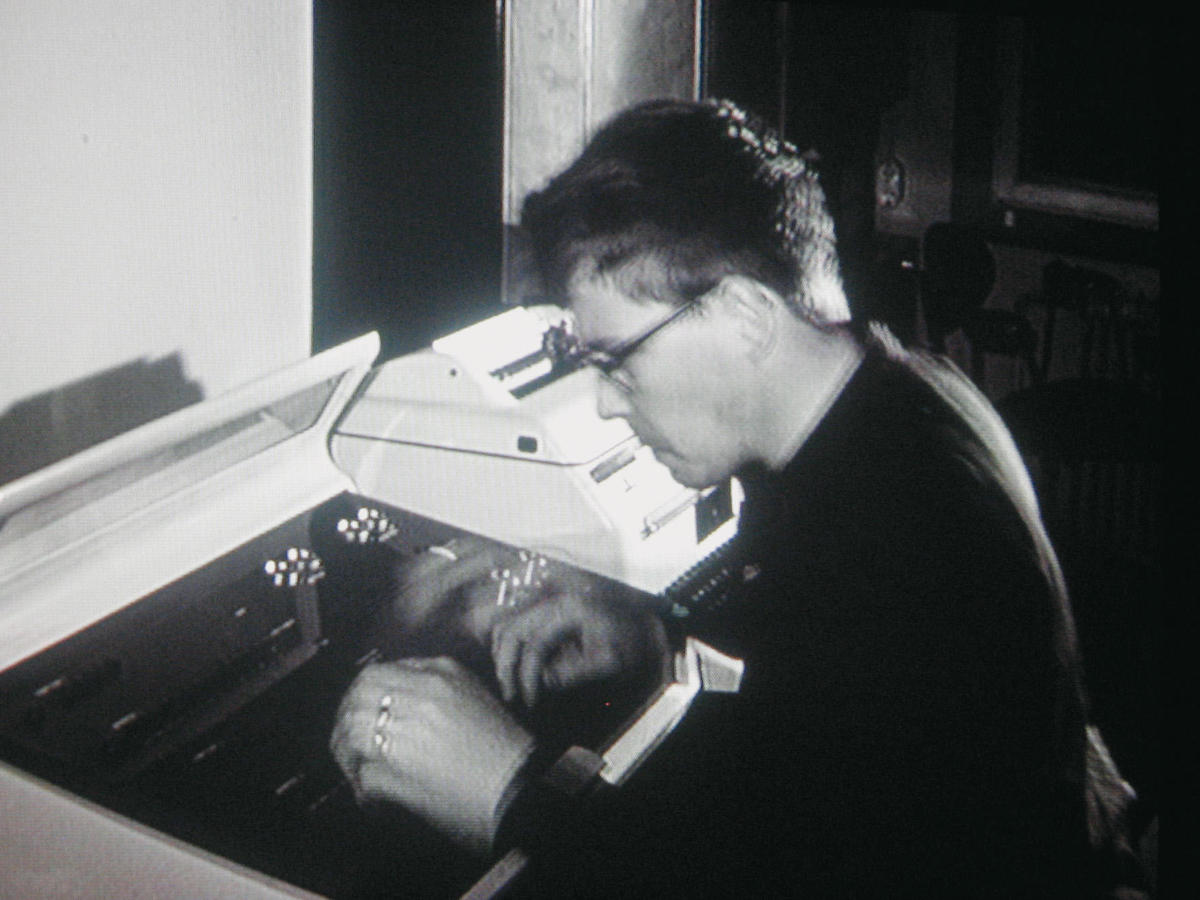
“First computers were the size of an elephant, now they buzz around us like flies. They are taught to block away nature’s own flies by peaceful means — if possible.”
—Erkki Kurenniemi
Finnish nuclear scientist/artist Erkki Kurenniemi has been collecting data on his life since the early 1960s. Tram tickets, film reels, photographs, letters, cash receipts, tobacco ashes, cardboard medical boxes, used pencils, screwdrivers, transistors — you name it, it’s all there.
Perhaps the most fascinating component of the archive are Kurenniemi’s cassette diaries from the years 1972 and 1973. On these hissing audiotapes, we hear the scientist/artist, usually driving in his Renault alone with a battery-run Philips recorder beside him, holding the microphone with one hand while gripping the steering wheel with the other. He drives endlessly by night, exhausted but excited, ruminating about future technological innovations. You could say that he was a prototype of today’s neurotic man, attached to his portable office. (Cellphones and laptops have brought us closer to Western rationalism’s dream of the compu-philosopher, the blending of man and machine.)
Predating Twin Peaks’ special agent Dale Cooper, Kurenniemi’s relationship with his recording tool was an intimate one — “confidentially just for your ears,” he would coo. In his sessions, he casually tossed in the air the seeds of many soon-to-come revolutionary inventions and new forms of user-inter-faces. To find effective ways to help nurture the budding romance between man and machine, both desperately in love with each other but too shy and too slow to make a move, was his goal.
What makes these restless monologues from the halcyon days of free love so interesting is the ease with which the scientist overlapped hardcore artificial intelligence theory and research with simple office gossip — who’s been sleeping with whom, whom he most desires. With his manic sexual drive, anything is possible — the flow of new ideas, the free enjoyment of sensual pleasures, the pulling free from Earth’s depressing bourgeois routines. In one of the tapes, he conducts a bizarre dialogue with a girlfriend about the darkest of sexual fantasies.
Kurenniemi’s imaginary future postulates the possibility of science “curing death away” and finding the formula for eternal life by the year 2050. At that time, all boxes will be opened, all files retrieved, digitized, carefully studied, categorized, and rearranged. With this raw data, we might be able to recreate the soul of a late-twentieth-century man and put it on museum display, a species under glass.
Earth itself, in fact, in Kurenniemi’s future, would be transformed into a museum, where all life would be put into freeze-frame mode. By 2100 we would print ten billion “Earth licenses” and distribute them to all then-living humans. According to his vision, licenses could be sold. “This way, the people who want long lives can have them. But only by migrating into space. This will be cheap, because there will be people wanting to stay down here, purchasing Earth licenses at a price that will amply cover the price of the lift to orbit for the seller.”
The value of this uncompromising, austere, and highly impractical science, practiced by someone who voluntarily dropped out of the academic world, lies in the images it offers, rather than in any concrete options. The future that Kurenniemi’s work implicitly proposes mirrors the possibilities and obsessions of our present-day civilization. However, his lifelong project can never be more than an attempt, a metaphor, a quixotic effort to conquer death and shift the boundaries of human perception.
Post-script: Erkki Kurenniemi is a pioneer in the history of electronic music. Alongside media art, happenings and short films of his own, Kurenniemi has designed a number of electronic instruments. Perhaps the most ambitious of his projects was a series of digital synthesizers, called DIMI, which he designed in the early 1970s. DIMI-O (1970-1971) converted any movements recorded by the video camera into real-time sounds and music. DIMI-S (also known as the “Sexophone”) was able to generate sound and light through contact with the skin, reacting to the emotional state of the performers. An excerpt of his own composition Dance of the Anthropoids (1968) was heard on the Finnish progressive rock band Wigwam’s 1970 album Tombstone Valentine. In 2002, Finnish film director Mika Taanila made a documentary film on Kurenniemi called The Future is Not What it Used to Be.